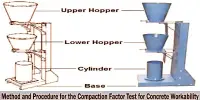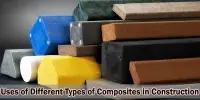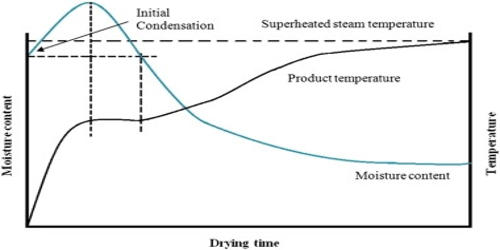Survey equipment is used in the construction industry for a variety of tasks, including surveys, construction management, and heavy engineering precision production. Most of its duties are carried out on job sites, subjecting it to various ambient and external factors.
Additionally, the price of tools and equipment is very high. Contractors and building companies should therefore take sufficient care to preserve these tools.
Need for Proper Care of Survey Equipment
Proper maintenance and care of survey instruments should be taken for the following reasons:
- Most of the survey equipment is expensive.
- Replacement of survey equipment from time to time is not an economical solution.
- Properly maintained survey equipment gives precise and accurate results.
- A well-maintained survey equipment saves time and money.
Maintenance of Survey Equipment
Survey equipment must be checked and maintained at different stages of its use. Some maintenance tips have been enlisted below:
- Carry out routine care of survey equipment
- Undertake smooth and safe transportation of survey equipment
- Perform regular calibration checks and repair
- Take precautions against job conditions
Conduct Routine Care for Survey Equipment
The manufacturer’s information and product manuals that come with survey equipment provide instructions on how to maintain and care for it properly. The following are some crucial reminders for routine instrument care:
- Always look for bumps, dents, or cracks in the instrument. Verify that the polished and machine faces of the instrument’s lenses and mirrors are in good shape. Check to see if the associated clamps and screws move smoothly and work without binding or a gritty sound.
- Always keep the survey instrument in clean and dry conditions as possible. Instrument maintenance helps to identify any problems with the instrument. Long-term dirt and dust buildup in the instrument causes scratches, friction, or stick actions.
- When the instrument is kept idol for a long period, it is necessary to cover the equipment.
- Always clean the non-optical parts of the instruments with a soft clean cloth.
- Use a fine lens brush to clean the surfaces of the lenses. Avoid the use of silicon treated tissue, which lead the lens to get scratch. Do not use water, oil, or benzene to clean the lens. Never attempt to clean the internal surface of any lens of the instrument.
- When leaving an instrument uncased for an extended period of time, always cover it, especially if you are in a harsh or dusty area. To prevent condensation of moisture inside an instrument used in a damp environment, care must be taken.
- A surveying tool that is used in cold weather needs to stay overnight in the case. If you intend to store the instrument in a hot environment overnight, keep it out of the case at all times. A wet or frost-covered instrument needs to be brought to room temperature and given time to dry.
Perform Safe Storage and Transportation of Survey Equipment
Improper storage and transportation- both can damage the survey instrument severely. Tips to follow while storing and transporting the survey equipment are:
- Use of an efficient storage case for the instrument.
- To keep the equipment and the associated tool supplies separate, the compartment must be supplied inside the survey truck. This helps to avoid damage and easy sorting of items.
- Carry heavy instruments in the lower parts of the vehicles, without contact with other tools or equipment.
- The entire survey crew must follow good care and general housekeeping of the vehicle. Do not mix up the passenger compartment and the equipment compartment together.
- Most of the instruments’-carrying case takes the shape at which it must be placed and handled. Follow the same position while storing and handling. This is applicable for optical targets, staff, and prisms used.
- By including cushioned compartments, jolting and excessive vibration of the instruments during transit can be avoided.
- Make a strategy for how to remove the instrument and where it should go before doing so. In the same manner that it was taken out, it must be returned to the case.
- Always take the equipment out with proper grip in both the hands. Do not exert pressure on the vertical circle, circular levels, or the tubular levels.
Perform Regular Calibration checks and Repair
- To guarantee the precision of the measurement, a calibration test should be carried out every two weeks.
- By positioning the instrument over a known point on the ground, the position accuracy must be verified.
Take Precautions Against Job Conditions
All survey equipment is designed and modeled for the harsh construction conditions. For example, the instrument must be utilized with a rain screen covering it when it is raining heavily. This aids in preventing moisture from getting inside the machine’s mechanical joints.
















